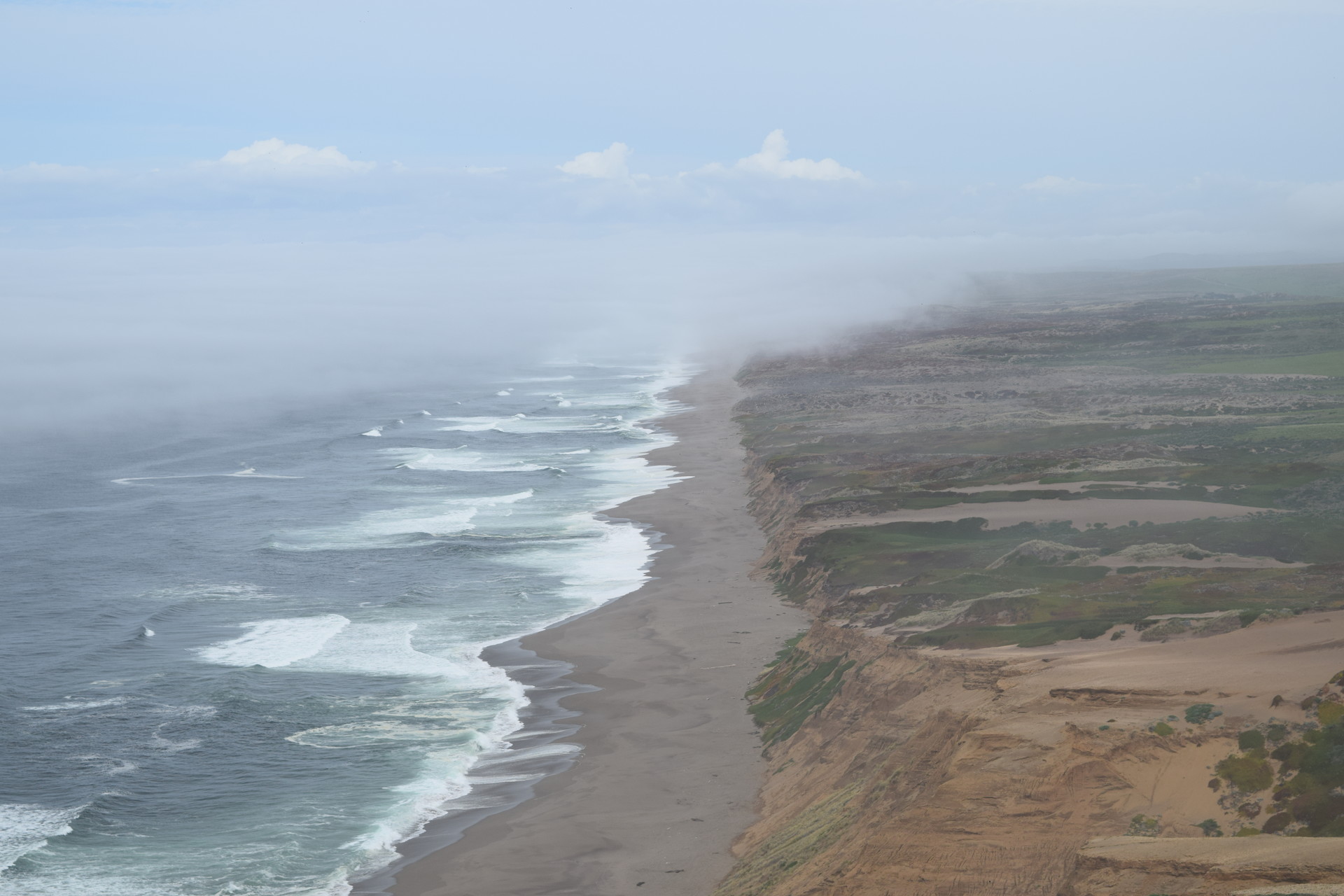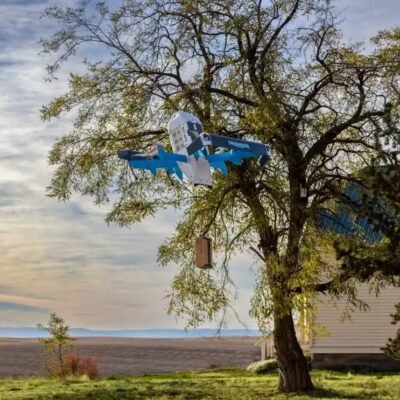National Park sites in the Bay Area include Muir Woods National Monument, Alcatraz Island and Point Reyes National Seashore. In the East Bay, they include the Rosie the Riveter World War II National Homefront Historic Park and on San Francisco’s Bay shoreline, Fort Point National Historic Site, Aquatic Park Cove and the San Francisco Maritime Museum.
The Golden Gate National Recreation Area, which manages most of these Bay Area sites, did not respond to KQED’s inquiries about which sites would close during a shutdown. A spokesperson for the Presidio, which is financially independent from NPS, said that site would remain fully open to the public.
The memo states that parks that collect entrance fees will be staying open to do what they can to collect those fees and use them to run the park during the shutdown, Chakrin explained. Those that don’t collect fees may be able to pull from those same pots of cash to keep extremely limited services going.
‘Morale is already rock bottom’
While peak summer tourism season is over, fall is still a busy time for parks in the Bay Area and across the country. NPS data shows nearly 30 million people visited parks in October of last year.
As federal staff, NPS employees would have to wait for backpay after a shutdown ends, and some may be required to work unpaid through the period as “essential” staff. Parks staff have grown increasingly worried, however, that they will be the target of firings Trump has proposed – on top of the reported 24% reduction in staff that parks have already seen this year.

“Morale is already rock bottom with park staff,” said Don Neubacher, former park superintendent for Yosemite and Point Reyes national parks.
Parks advocates warn that keeping parks open with such skeletal resources is a bad idea for both the parks and the people who visit them. Late last week, a group of more than 40 former park superintendents signed a letter calling on the administration to close parks to avoid damage to fragile ecosystems and harm to visitors.
The last government shutdown over the winter of 2018-2019 lasted 35 days, and resulted in vandalism, garbage and long-term damage by visitors to California’s Joshua Tree National Park while most of its park rangers were furloughed.
“This type of both open and closed type of situation is really confusing,” Chakrin said. “It’s confusing for the folks that are trying to manage parks responsibly and for the public trying to visit them responsibly.”
If a shutdown goes ahead, “I think it is going to be chaos,” he said.
This story contains reporting from KQED’s Adhiti Bandlamudi.





